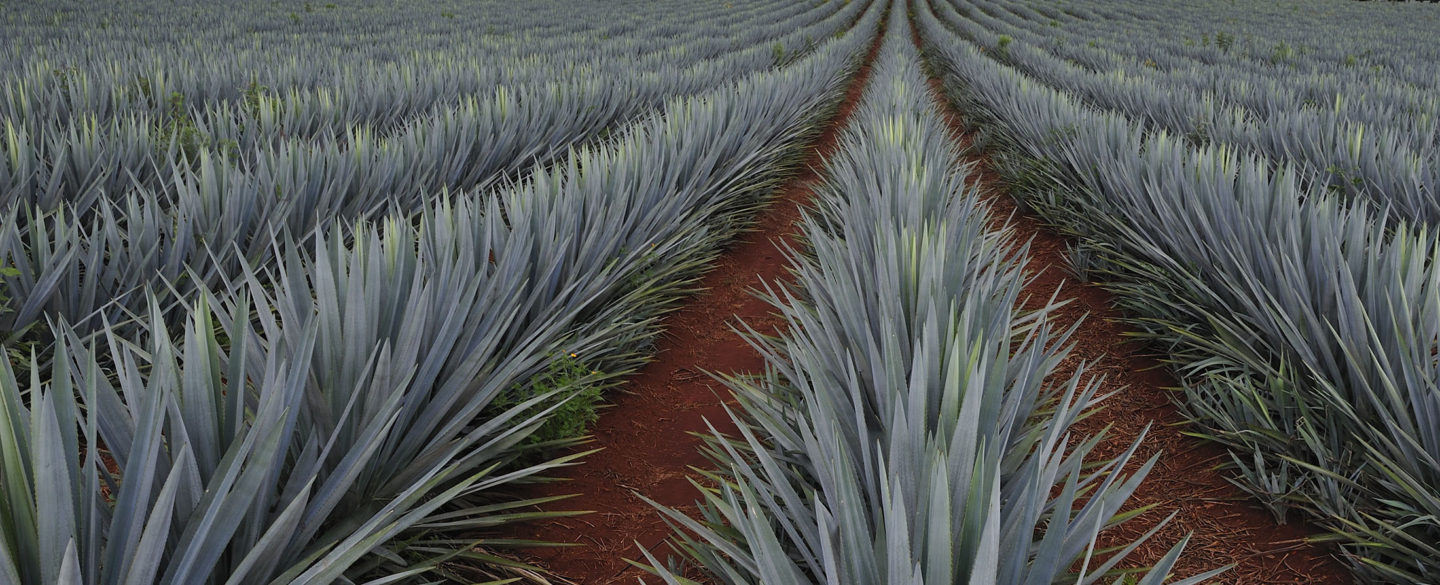At Nibble we’re all about low GI ingredients– foods that release energy slowly so they keep your blood sugar balanced. But there is one low GI ingredient we make a point to avoid: agave.
Agave has made its way into a whole host of health foods because it tastes really sweet (it’s about 1.5 times sweeter than regular sugar) so it keeps sugar grams down in recipes. It’s also significantly less expensive than other low GI options, like coconut nectar. But there’s a major drawback to agave—your liver has to work to break it down.
Agave is made from the sap of a Mexican desert plant, Agave tequila. Yes, we did say tequila (the sugars in agave are fermented to make the booze!). Although that’s not the liver connection.
Agave’s sweetness comes almost entirely from fructose (instead of glucose). It actually contains more fructose than the much-maligned high fructose corn syrup. And although fructose tastes super sweet (it’s roughly one and a half times sweeter than table sugar), it ranks low on the glycemic index. The glycemic index (GI) measures how quickly sugar in food enters your blood stream. And because fructose does not easily raise blood glucose levels, agave gets a low rating.
But the problem with fructose is that it’s not easily metabolised (unlike glucose which can be utilised by most cells in your body). Fructose needs to be processed by your liver. And let’s face it, our livers have enough to tackle already. Studies are also showing that fructose can increase your risk of metabolic syndrome (cardiovascular disease, obesity and diabetes) and it can raise your levels of cholesterol.
Not so sweet after all!
by Erin Moroney


